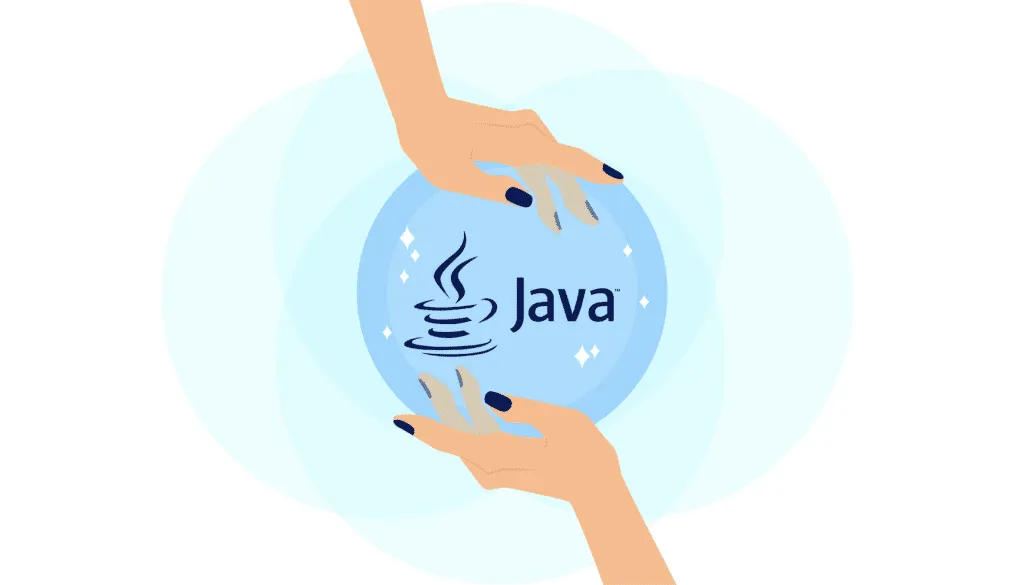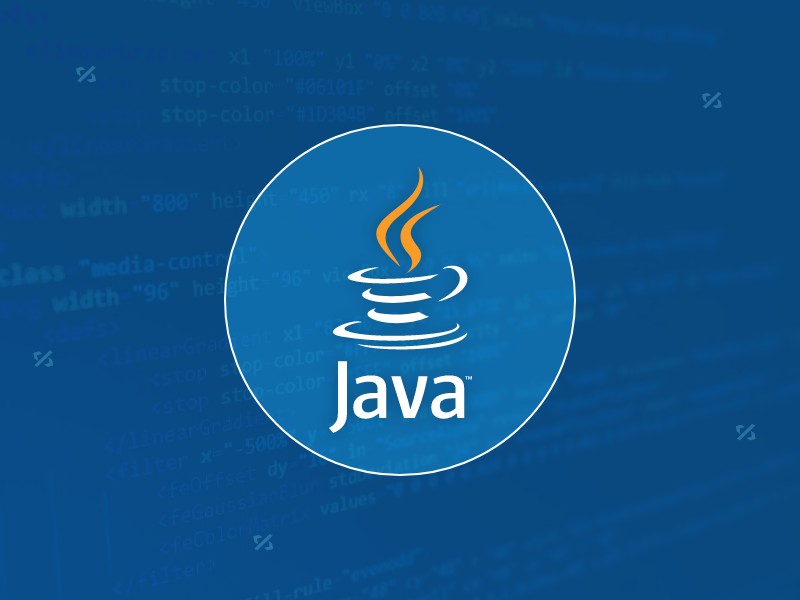NullPointerException (NPE) in Java is a common runtime exception caused by operating null references. It can be prevented by the following methods: 1. Avoid using it before initializing the object, add null checks before calling the method; 2. Document the methods that may return null and prioritize whether it is null, and use the Optional class reasonably; 3. Avoid automatic unboxing and throw exceptions, use types such as wrapper class default values ??or OptionalInt; 4. Identify the support of null by the collection, and filter the null value before processing. The occurrence of NPE can be effectively reduced through good coding habits.

NullPointerException (NPE) in Java is one of the most common runtime exceptions in development, usually because of attempting to access or manipulate an object reference that is null. To reduce such problems, the key is to understand its common causes and prevent it in the coding.

1. Uninitialized object reference
One of the most common sources of NPE is the use of uninitialized objects. For example:

String str; System.out.println(str.length()); // Throw NullPointerException
Solution:
- Try to initialize variables at the same time.
- Before calling the object method, add null check.
- Use the static analysis capabilities provided by the IDE to help identify potential problems.
2. Return null from the method and use it without checking
In many cases, methods may return null, such as finding elements from a collection, reading configurations, calling third-party APIs, etc.

User user = getUserById(id); System.out.println(user.getName()); // If user is null, an exception will be thrown
Suggested practices:
- Document the method that may return null.
- The caller should give priority to determining whether it is null.
- You can use the Optional class to explicitly express "null values ??may exist", but be careful not to abuse Optional.get().
3. NullPointerException caused by automatic unboxing
When using wrapper classes of primitive types (such as Integer, Boolean), if you try to convert null to primitive types, it will also lead to NPE.
Integer count = getRecordCount(); // Return null int total = count; // Automatic unboxing, throwing NullPointerException
Coping strategies:
- Try to avoid directly assigning values ??to basic type variables.
- Use the default value method of the wrapper class, such as
count != null ? count : 0. - Or it is safer to use Java 8's
OptionalIntand other types to handle.
4. NullPointerException in collection operation
Some collection operations are not null friendly, for example:
- Insert null into a collection that does not allow null elements (such as the key of HashMap).
- When stream().map() is called, there is a null value in the middle that is not filtered.
Example:
List<String> list = new ArrayList<>(); list.add(null); list.forEach(System.out::println); // There will be no error here, but if the subsequent processing does not consider null, there will be problems.
Notes:
- Clearly understand whether the set used allows null.
- Use filter to pre-exclude null when processing collections.
- Confirm whether the key exists before using Map.get().
Basically, these common scenarios and coping methods. Although NullPointerException is common, most of them can be avoided as long as you develop good coding habits.
The above is the detailed content of Common causes of Java NullPointerException and solutions.. For more information, please follow other related articles on the PHP Chinese website!

Hot AI Tools

Undress AI Tool
Undress images for free

Undresser.AI Undress
AI-powered app for creating realistic nude photos

AI Clothes Remover
Online AI tool for removing clothes from photos.

Clothoff.io
AI clothes remover

Video Face Swap
Swap faces in any video effortlessly with our completely free AI face swap tool!

Hot Article

Hot Tools

Notepad++7.3.1
Easy-to-use and free code editor

SublimeText3 Chinese version
Chinese version, very easy to use

Zend Studio 13.0.1
Powerful PHP integrated development environment

Dreamweaver CS6
Visual web development tools

SublimeText3 Mac version
God-level code editing software (SublimeText3)

Hot Topics
 Difference between HashMap and Hashtable?
Jun 24, 2025 pm 09:41 PM
Difference between HashMap and Hashtable?
Jun 24, 2025 pm 09:41 PM
The difference between HashMap and Hashtable is mainly reflected in thread safety, null value support and performance. 1. In terms of thread safety, Hashtable is thread-safe, and its methods are mostly synchronous methods, while HashMap does not perform synchronization processing, which is not thread-safe; 2. In terms of null value support, HashMap allows one null key and multiple null values, while Hashtable does not allow null keys or values, otherwise a NullPointerException will be thrown; 3. In terms of performance, HashMap is more efficient because there is no synchronization mechanism, and Hashtable has a low locking performance for each operation. It is recommended to use ConcurrentHashMap instead.
 Why do we need wrapper classes?
Jun 28, 2025 am 01:01 AM
Why do we need wrapper classes?
Jun 28, 2025 am 01:01 AM
Java uses wrapper classes because basic data types cannot directly participate in object-oriented operations, and object forms are often required in actual needs; 1. Collection classes can only store objects, such as Lists use automatic boxing to store numerical values; 2. Generics do not support basic types, and packaging classes must be used as type parameters; 3. Packaging classes can represent null values ??to distinguish unset or missing data; 4. Packaging classes provide practical methods such as string conversion to facilitate data parsing and processing, so in scenarios where these characteristics are needed, packaging classes are indispensable.
 What are static methods in interfaces?
Jun 24, 2025 pm 10:57 PM
What are static methods in interfaces?
Jun 24, 2025 pm 10:57 PM
StaticmethodsininterfaceswereintroducedinJava8toallowutilityfunctionswithintheinterfaceitself.BeforeJava8,suchfunctionsrequiredseparatehelperclasses,leadingtodisorganizedcode.Now,staticmethodsprovidethreekeybenefits:1)theyenableutilitymethodsdirectly
 How does JIT compiler optimize code?
Jun 24, 2025 pm 10:45 PM
How does JIT compiler optimize code?
Jun 24, 2025 pm 10:45 PM
The JIT compiler optimizes code through four methods: method inline, hot spot detection and compilation, type speculation and devirtualization, and redundant operation elimination. 1. Method inline reduces call overhead and inserts frequently called small methods directly into the call; 2. Hot spot detection and high-frequency code execution and centrally optimize it to save resources; 3. Type speculation collects runtime type information to achieve devirtualization calls, improving efficiency; 4. Redundant operations eliminate useless calculations and inspections based on operational data deletion, enhancing performance.
 What is an instance initializer block?
Jun 25, 2025 pm 12:21 PM
What is an instance initializer block?
Jun 25, 2025 pm 12:21 PM
Instance initialization blocks are used in Java to run initialization logic when creating objects, which are executed before the constructor. It is suitable for scenarios where multiple constructors share initialization code, complex field initialization, or anonymous class initialization scenarios. Unlike static initialization blocks, it is executed every time it is instantiated, while static initialization blocks only run once when the class is loaded.
 What is the Factory pattern?
Jun 24, 2025 pm 11:29 PM
What is the Factory pattern?
Jun 24, 2025 pm 11:29 PM
Factory mode is used to encapsulate object creation logic, making the code more flexible, easy to maintain, and loosely coupled. The core answer is: by centrally managing object creation logic, hiding implementation details, and supporting the creation of multiple related objects. The specific description is as follows: the factory mode handes object creation to a special factory class or method for processing, avoiding the use of newClass() directly; it is suitable for scenarios where multiple types of related objects are created, creation logic may change, and implementation details need to be hidden; for example, in the payment processor, Stripe, PayPal and other instances are created through factories; its implementation includes the object returned by the factory class based on input parameters, and all objects realize a common interface; common variants include simple factories, factory methods and abstract factories, which are suitable for different complexities.
 What is the `final` keyword for variables?
Jun 24, 2025 pm 07:29 PM
What is the `final` keyword for variables?
Jun 24, 2025 pm 07:29 PM
InJava,thefinalkeywordpreventsavariable’svaluefrombeingchangedafterassignment,butitsbehaviordiffersforprimitivesandobjectreferences.Forprimitivevariables,finalmakesthevalueconstant,asinfinalintMAX_SPEED=100;wherereassignmentcausesanerror.Forobjectref
 What is type casting?
Jun 24, 2025 pm 11:09 PM
What is type casting?
Jun 24, 2025 pm 11:09 PM
There are two types of conversion: implicit and explicit. 1. Implicit conversion occurs automatically, such as converting int to double; 2. Explicit conversion requires manual operation, such as using (int)myDouble. A case where type conversion is required includes processing user input, mathematical operations, or passing different types of values ??between functions. Issues that need to be noted are: turning floating-point numbers into integers will truncate the fractional part, turning large types into small types may lead to data loss, and some languages ??do not allow direct conversion of specific types. A proper understanding of language conversion rules helps avoid errors.






